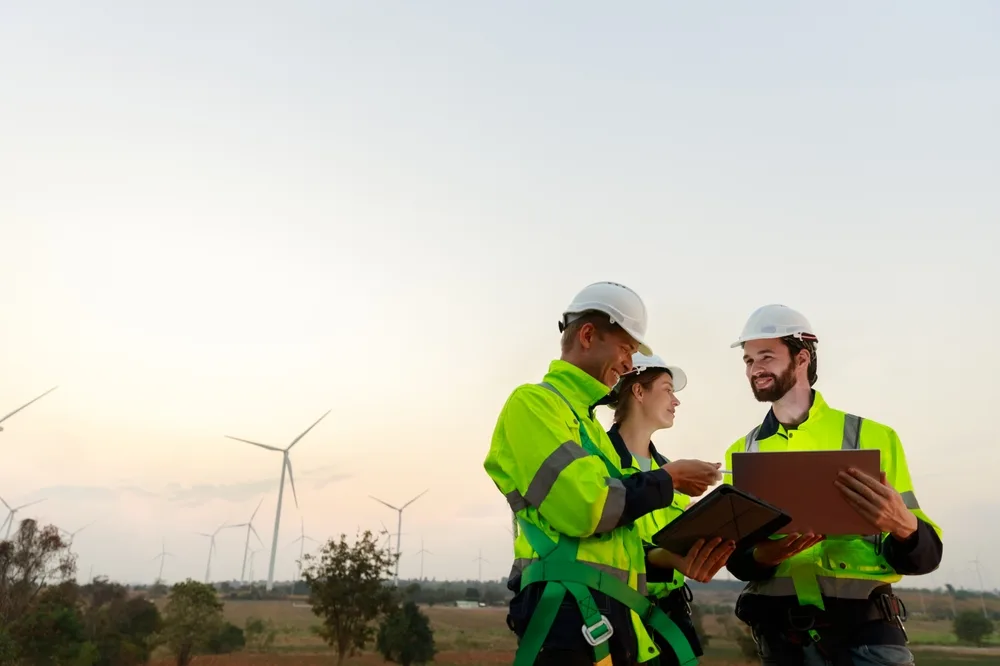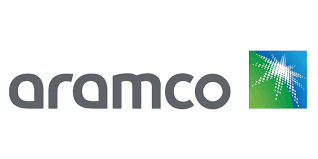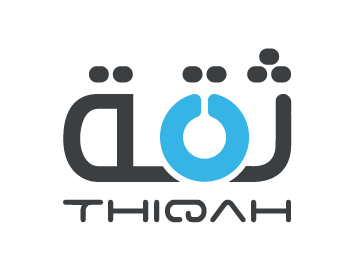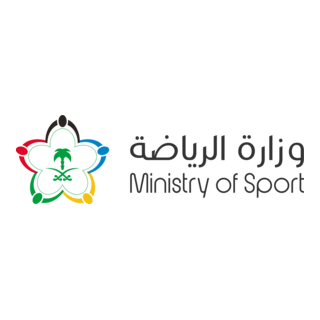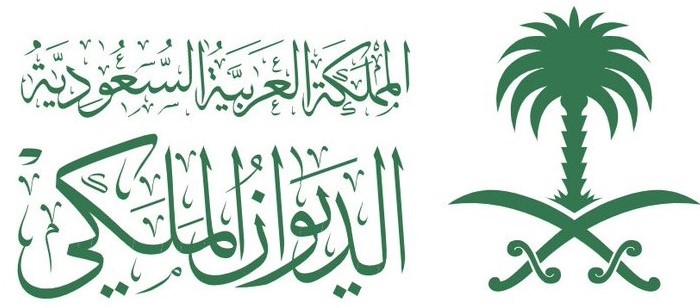Introduction:
Cooling towers are common components in industries utilizing water cooling methods, including power generation, processing, and petrochemicals. Understanding cooling tower operations is essential for enhancing water and energy efficiency while maximizing the lifespan of critical components such as fans and pumps.
This course focuses on the maintenance of cooling towers, emphasizing their operation, water management, and control. Participants will gain insights into operational improvements, with a focus on optimal corrective and preventive measures.
By combining theoretical content with practical scenarios, the Cooling Towers: Management, Maintenance, and Troubleshooting course equips participants with the necessary maintenance and troubleshooting skills to ensure the safe and efficient operation of cooling towers.
Objectives:
At the end of the Cooling Towers: Management, Maintenance, and Troubleshooting course, participants will be able to:
- Assess the contribution that a cooling tower makes to a plant’s water cooling system.
- Catalog the construction and performance characteristics of various cooling tower configurations.
- Examine the safety components of chemical and physical water treatment.
- Get acquainted with concepts of performance monitoring and record-keeping for cooling towers.
- Outline the basic inspection procedures that should be conducted on cooling towers.
- Acquire and apply effective methods for organizing preventive maintenance of cooling towers.
Training Methodology:
- Academic lectures and presentations
- Facilitated group activities/panels
- Case studies
- Classwork
- Demonstrations
- Tests and evaluations
Course Outline:
Unit 1: Comprehension of Cooling Towers and Their Use:
- Classification of cooling towers and their arrangements
- Elementary parts of cooling tower construction
- The necessity of treating cooling tower water
- Importance of water treatment in cooling water systems
- Operation of cooling towers as a cyclical unit process
- Supporting equipment: blowers and heat rejection water pumps
- Sub-base preparation: handling recycling and wind pollution
- Proposed building structures: furniture and vortex breakers
Unit 2: Functionality and Performance of Cooling Towers:
- Cooling load profile: range of temperature, approach, and drift loss
- Concept of efficiency in cooling tower operations
- Continuous vs. periodic operation: long-term operational planning
- Advanced controls and techniques in cooling towers
- PLC and DCS systems: controlling cooling towers at a standard level
- Water quality standards and evaluation approaches
- Cooling tower start-up and shut-down procedures for effective operation
- Strategies for improving performance and reducing losses
Unit 3: Cooling Water Circulation Systems and the Status of Cooling Towers:
- Cooling water quality management: treatment and continuous follow-up
- Control of water treatment systems: optimal chemical dosing
- Bleeding control: maintaining water quality
- Additional measures for increasing key performance indicators of cooling towers
- Measurement of concentration ratio and its significance
- Cathodic protection methods for equipment longevity
- Coating techniques in cooling towers
Unit 4: Water Treatment and Control in Cooling Towers for District Heating Systems:
- Causes and reasons for corrosion: an overview
- Chemical treatment of water: DCC control and inhibitors
- Overview of basic motor types used in cooling towers and their operation
- Powering the electrical distribution board: proper connection of electrical and instrumentation accessories
- Importance and implementation of grounding in cooling towers
- Filters: high-efficiency physical water treatment
Unit 5: Repair and Maintenance of Cooling Towers, Methodology of Works and Diagnostics:
- Routine and preventive maintenance best practices within the maintenance ripple
- Mechanical inspection of equipment: fan reliability and pump inspection checklist
- Application of modern techniques (FMEA, DFMEA, PFMEA) for equipment durability
- Ensuring safe operation in compliance with manufacturer requirements
- Testing of all auxiliary systems within cooling towers
- Risk management related to mechanical, electrical, and control systems of cooling towers
- Health and safety at work: adherence to best practices and procedures
Introduction:
Pipeline systems within the oil and gas industry are crucial for industrial operations. This comprehensive training course targets middle managers responsible for efficient pipeline management across various engineering environments.
The course emphasizes the interaction between petroleum pipelines and flow-moving devices, such as pumps and compressors, focusing on their operational aspects and features related to pump and compressor stations.
Participants will gain valuable knowledge on pipe inspection and testing in line with API standards, and address deficiencies in pipeline systems, including maintenance procedures, cleaning methods, and repairs, to enhance operational safety and effectiveness.
Objectives:
By the end of the oil and gas pipeline maintenance and operations course, participants will:
- Plan for the efficient and safe operation of pipelines.
- Understand methods for pipeline flow control and measurement.
- Identify causes and reasons for material degradation, including aging and workload effects.
- Implement maintenance and cleaning procedures to ensure efficient pipeline operation.
- Schedule inspections and assess the remaining service life of pipeline systems.
Training Methodology:
- Interactive lectures
- Case studies
- Equipment demonstrations
- Group discussions
- Problem-solving exercises
- Technical workshops
Course Outline:
Unit 1: The Technical Attributes of Pipelines
- Pipeline selection and sizing: Flow rate, Maximum Allowable Working Pressure (MAWP), and pumping power optimization per ASME B31.3 codes.
- Pipeline and pipework choices related to working fluids.
- Mechanics of pump and compressor stations.
- Pipeline flow measurement and control, focusing on custody transfer.
Unit 2: Operation and Degradation of Materials
- Aging processes in pipeline materials: Wear and tear, corrosion, and stress corrosion.
- Corrosion Direct Assessment and E&I assessment of the line pipe.
- Anti-corrosion methods: Wrapping, coating techniques, and cathodic protection systems.
- Periodic metal loss inspection and ongoing NDT techniques like intelligent pigging.
- Evaluation of pipework fatigue, crack detection, seam defects, and rupture countermeasures.
Unit 3: Management & Operation of Safety
- Use of control valves and other safety instruments.
- Supervision of non-steady state operations and understanding water hammer effects.
- Design action plans to prevent pipeline penetration failure and conduct root cause analysis.
- Leak detection techniques and monitoring using SCADA systems.
- Management of inspection, Risk Based Inspection (RBI), and hydrostatic testing.
Unit 4: Pipeline Maintenance and Repair Measures
- Innovative improvements in pipeline restoration and maintenance, including plugged repair techniques.
- Assessment of pipeline vibrations and support system conditions.
- High-tech replacement methods: Welding pipe sleeves and segment weld-in replacements.
- Periodic maintenance of pipeline components: Valves, fittings, and hardware.
- Valve restoration methods: Stopple and hot tapping techniques.
Unit 5: Operational Tests & Control Monitor Logs
- Hydrostatic pressure testing: Determining operating pressures and specifications.
- Investigation of operational properties of active pipelines.
- Risk-based inspection for looped pipes.
- Fitness for service assessment.
- Estimation of remaining useful life of pipeline equipment.

